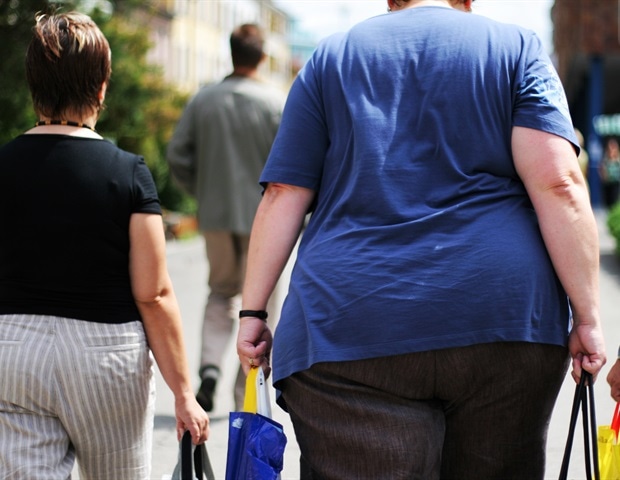New Delhi: Women with obesity and overweight, particularly women with high waist circumference, are more susceptible to fractures than those with normal weight. In men, however, underweight, not overweight, is associated with a greater risk of broken bones, as per new study presented at the European Congress on Obesity (ECO) in Maastricht, the Netherlands
In men, however, being underweight, not overweight, is associated with a greater risk of broken bones.
Obesity has long been thought to help protect against fractures. This is because mechanical loading on bones, which increases with body weight, helps increase bone mineral density, an important determinant of bone strength.
However, recent studies have suggested that the relationship between obesity and fracture risk varies depending on sex, the skeletal site studied and definition of obesity used (body mass index [BMI] vs. waist circumference).
To find out more, Dr Anne-Frederique Turcotte, Endocrinology and Nephrology Unit, CHU de Quebec Research Centre, Quebec City, Canada, and colleagues, analysed data from CARTaGENE, a prospective population-based cohort of almost 20,000 individuals aged 40-70 years from Quebec, Canada.
Participants in CARTaGENE were selected randomly between 2009 and 2010, assessed once at recruitment and followed through healthcare administrative databases until March 2016.BMI and waist circumference (WC, a measure of abdominal obesity) were measured at recruitment. In women, greater WC was linearly associated with an increased risk of fracture.
For each 5cm (two inch) increase in WC, the risk of fracture at any site was 3 per cent higher and the risk of a distal lower limb fracture was 7 per cent higher.
The association between WC and ankle fractures was particularly strong. In women, greater BMI was associated with a greater risk of distal lower limb fractures. Compared with women with a BMI of 25 kg/m², those with a BMI of 27.5-40 kg/m² showed a greater risk of distal lower limb fractures.
The increase in risk rose linearly from 5% in those with a BMI of 27.5 kg/m², to 40% in those with a BMI of 40 kg/m².
Women with a BMI of 22.5 kg/m² had a 5% lower risk of distal lower limb fractures than those with a BMI of 25 kg/m².It isn’t known why obesity is associated with a higher risk of fractures in women.
However, most fractures are a result of a fall and falls are more common in people with obesity. The ankle, unlike the hip and thighbone, is not protected by soft tissue, which could make it more prone to breaking during a fall.
Dr Turcotte adds: “Waist circumference was more strongly associated with fractures in women than BMI. This may be due to visceral fat – fat that is very metabolically active and stored deep within the abdomen, wrapped around the organs – secreting compounds that adversely affect bone strength.
“We also know that people with obesity take longer to stabilize their body, when they trip, for example. This is particularly pronounced when weight is concentrated at the front of the body, suggesting that individuals with the distribution of body fat in the abdominal area may be at higher risk of falling.” (Agencies)






No comments:
Post a Comment